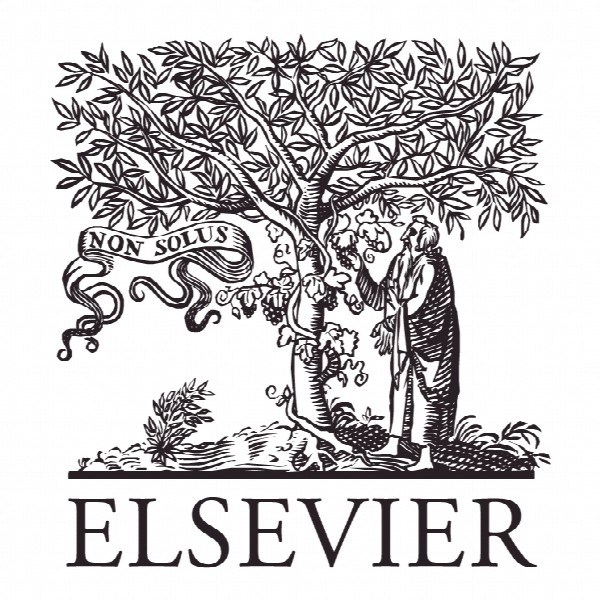رویکردهای نظارت بر بهداشت دست: از رویکردهای کم تکنولوژی به تکنولوژی بالا Approaches to hand hygiene monitoring: From low to high technology approaches
- نوع فایل : کتاب
- زبان : انگلیسی
- ناشر : Elsevier
- چاپ و سال / کشور: 2018
توضیحات
رشته های مرتبط پزشکی
گرایش های مرتبط بهداشت عمومی
مجله بین المللی بیماری های عفونی – International Journal of Infectious Diseases
دانشگاه VCU Health Infection Prevention Program – United States
منتشر شده در نشریه الزویر
کلمات کلیدی بهداشت دست، فن آوری، پیشگیری از عفونت
گرایش های مرتبط بهداشت عمومی
مجله بین المللی بیماری های عفونی – International Journal of Infectious Diseases
دانشگاه VCU Health Infection Prevention Program – United States
منتشر شده در نشریه الزویر
کلمات کلیدی بهداشت دست، فن آوری، پیشگیری از عفونت
Description
Introduction Hand hygiene is the foundation of infection prevention in the healthcare setting and one of the few interventions that has indisputable historical data to support its practice (Semmelweis, 1983; LaForce, 1997; Larson, 1995). Nevertheless, compliance with hand hygiene is suboptimal among healthcare providers (Boyce et al., 2002). Reasons for non-compliance with hand hygiene have been extensively evaluated and most commonly reflect busy workflows, lack of product availability, inadequate knowledge of indications, and skin irritation from repeated product use (Pittet, 2001). Thus, promotion of behavioral change for improved hand hygiene compliance remains an ongoing challenge for infection prevention programs globally. Monitoring of healthcare worker hand hygiene performance is considered a standard in most acute care hospitals. Collection and feedback of compliance data is used to educate and engage healthcare providers in hand hygiene improvement campaigns. Data also allows Infection Preventionists to track the success of interventions or to identify areas of potential problems. Monitoring can be accomplished using several different methods, though the gold standard is direct observation of healthcare provider practices (Stewardson and Pittet, 2014) by a trained observer. This labor intensive method, however, does pose some limitations because it only captures a small fraction of total hand hygiene events. In addition, the data is prone to observer bias or Hawthorne Effect, in which providers change behavior when they are aware of the presence of an observer. Supplementing direct observation with other monitoring technologies may provide more comprehensive data, capturing much more data than a human observer.


